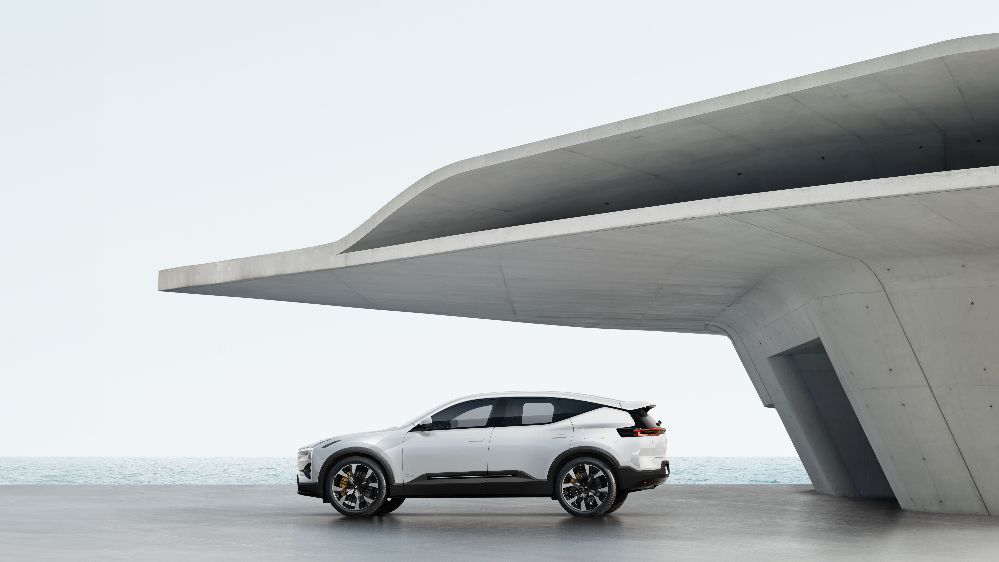Polestar has revealed the total cradle-to-gate carbon footprint of Polestar’s first electric performance SUV, Polestar 3, is lower than that the smaller Polestar 2 when it was launched in 2020 at 24.7 tCO2e versus 26.1 tCO2e.
The news aims to prove that even for large SUVs action can be taken to reduce their climate impact. The majority of greenhouse gas (GHG) emissions stem from the extraction and processing of various materials, with three components – aluminium, steel, and batteries.
A Lifecycle Assessment (LCA) report for Polestar 3 shows that material production and refining contribute 68% of its cradle-to-gate carbon footprint of which aluminium represents 24%, iron and steel 17% and battery module production 24%.
Polestar aims to implement existing solutions as well as emerging solutions in order to cut carbon. Existing solutions may involve purchasing aluminium produced using renewable electricity, emerging solutions could include steel made with renewable energy, and entirely new solutions may relate to electronics, tires, and thermoplastics, it said.
The approach to meeting its cradle-to-gate target for Polestar 3 took learnings from the carbon footprint reductions of Polestar 2. Consequently, 81% of Polestar 3’s total aluminium mass production, the Li-ion battery cell module production as well as anode and cathode material production use 100% renewable electricity. By doing this, 8.5 tCO2e have been eliminated.
Manufactured initially at Volvo Cars’ Chengdu factory in China, additional production could start in South Carolina, USA, in the middle of 2024. Both manufacturing plants use 100% renewable electricity.
Fredrika Klarén, Head of Sustainability at Polestar, says: “The majority of a vehicle’s greenhouse gas emissions stem from extracting and processing materials. As we accelerate the adoption of electric cars, there is a lot we can do to reduce their production-related emissions and strengthen the role of innovations and of electric cars as a climate solution, Polestar 3 is a testament to that.”








